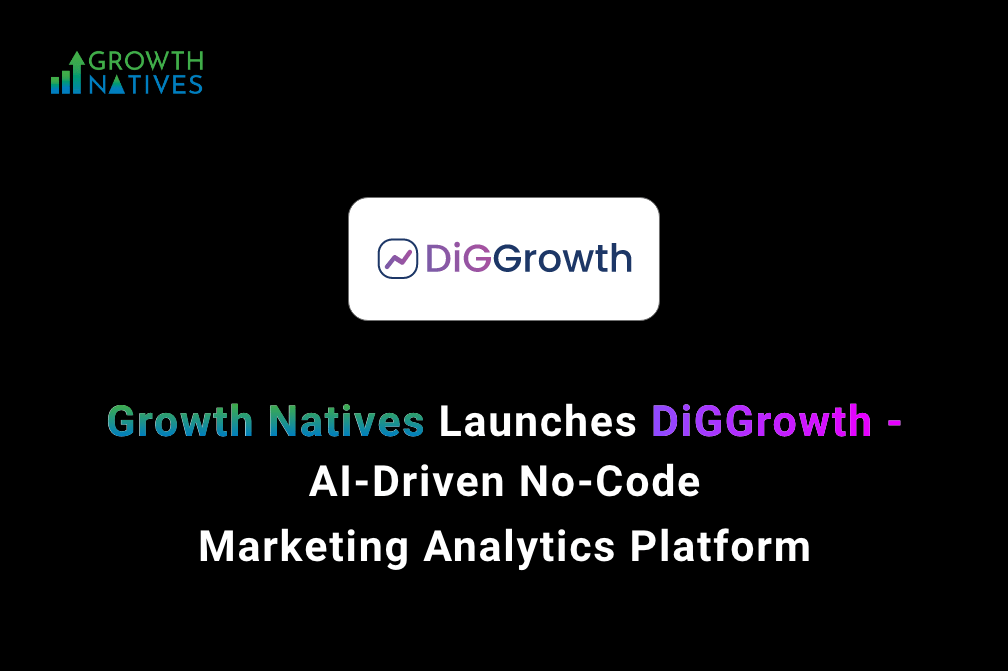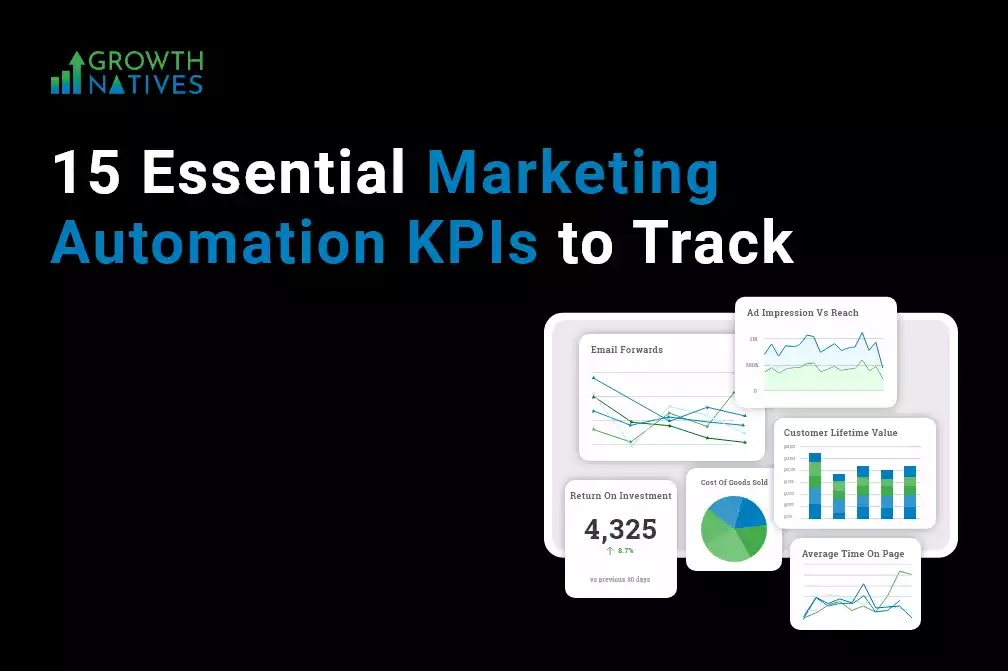
Everything You Need to Know About Data-Driven Attribution Across Google Products
By Sakshi Arora
Oct 13, 20227 min read
The digital advertising budget in 2022 is expected to increase by 15.6% from the $521.02 billion budget last year. As digital spending increases, the pressure to prove ROI further increases. For this, it is crucial to identify the right channels and ads that move prospects further into the funnel.
If you are a digital marketer looking to optimize your digital budget, it is natural to look at the data-driven attribution by Google. Google provides different attribution models for its range of products for accurate results. But how do you decide which product will suit you the best? Does your business need Google Ads or Search Ads 360?
In this article, we will discuss Google’s data-driven attribution and how it differs across its products.
Quick Overview of Google’s Data-Driven Attribution
Data-driven attribution by Google takes your advertising account’s data as the starting point for analyzing attribution. It uses algorithms to uniquely evaluate every case and determine the influence of all the channels in the funnel.
Unlike predefined formulas, data-driven attribution analyzes data even if it is inconsistent, complicated, or involves multiple steps. While Google offers data-driven attribution in a range of its products, they differ from each other. That’s because each product uses a different algorithm and has different data sets and customization levels.
For example, some data-attribution models are designed to optimize paid campaigns, along with keywords, and monitor only clicks. Others offer a holistic view of the customer’s journey.
Therefore, before you choose a particular Google product, ask the following questions:
How much is your advertising budget?
What is your business objective?
What is your monthly average conversion rate?
What is your website traffic?
These questions will help you determine the right product for your business. Let us find out how.
Data-Driven Attribution: Google Analytics 360
Google Analytics 360 offers multi-channel funnels data-driven attribution. This attribution model is based on the Shapley Value algorithm, which assesses the users’ path through current touchpoints and eliminates one of the touch points to create an alternative variant. This algorithm is excellent if you want to know how a particular channel influences the conversion probability.
Data-driven attribution in Google Analytics 360 analyzes data from different sources, including organic search, direct and referral traffic, and any data you might have imported to the platform. These could be all the data from other Google products, such as Campaign Manager 360 and Google Ads.
Data-driven attribution in Google Analytics 360 offers an overview of your online users’ behavior in the funnel and how each touchpoint influences conversion. Because of this, it is most suited for websites with high traffic and volume of conversions.
Here are the minimum requirements for using data-driven attribution in Google Analytics 360:
1. You need a Google Ads account with at least 15,000 clicks and a minimum of 600 conversions in the last 30 days.
2. Clearly defined goals in your account.
You need to meet both these requirements to start using data-driven attribution in Google Analytics 360.
To continue using it, you need to ensure you meet the minimum conversion threshold of:
1. 400 conversions of each type, and both of them must have a path length of a minimum of two interactions.
2. 10,000 interaction paths in a particular view.
These requirements are counted for the last 28 days.
Now that you know what it takes to use data-driven attribution in Google Analytics 360, let us look at some of its pros and cons.
Advantages of Using Data-Driven Attribution in Google Analytics 360
- A complete overview and analysis of a user’s online journey.
- Identify which keywords, ads, and campaigns have the maximum impact on conversions.
- Data analysis and the first model report are available as early as seven days.
- Efficiently distribute credit for revenue depending on the historical data for a conversion.
Disadvantages of Data-Driven Attribution in Google Analytics 360:
- Data-driven attribution in Google Analytics 360 can be costly, as the cost of an account begins at $150,000/year.
- Reports’ calculation logics are not clearly explained.
- Requires a high number of clicks and conversion to continue using.
- Excludes offline data like data in CRM and phone calls.
- Google Ads account is a prerequisite to using it.
Data-Driven Attribution: Google Ads
Google Ads has a default attribution model, last click. To customize data-driven attribution in this product, you must meet the required threshold.
The default setting of data-driven attribution does not capture the entire customer journey. Instead, it only analyzes the clicks on your ads, based on which the model compares visitors who bought your product with those who didn’t to recognize patterns in the ad interactions that resulted in conversions.
To boost conversions, leverage the data-attribution model to create a bidding strategy and automate it.
Since Google Ads doesn’t allow users to execute marketing campaigns on different channels, it has less detailed reports, making the product a great fit for medium-to-large sized companies that have to optimize their keywords and marketing campaigns.
There are a few prerequisite requirements to get started with data-driven attribution in Google Ads.
- You need to have at least 3,000 ad interactions across supported networking and 300 conversions in the last 30 days.
If you want to continue using this model, you need to consistently meet these conversion thresholds in the past 30 days:
- 2,000 ad interactions
- 200 conversions
Advantages of Data-Driven Attribution in Google Ads:
- It is a great way to optimize keywords and paid campaigns.
- It helps in optimizing bidding.
- Highlights your most successful ads that help in reaching your business goals.
Disadvantages of Data-Driven Attribution in Google Ads:
- Limited overview of the customer’s journey.
- Requires a minimum level of conversions and clicks for 30 successive days before the data becomes available.
- Automatically switches the attribution model to Linear if users fail to meet the minimum threshold.
Data-Driven Attribution: Search Ads 360
Search Ads 360 has native integration with the Google Marketing platform. This integration lets you effectively manage your marketing campaigns across different engines, including Yahoo!, Google Ads, Baidu, and Microsoft Advertising.
Like Google Ads, Search Ads 360 also uses the last click attribution model by default. Search Ads 360 also requires you to meet a minimum click and conversion criteria to configure the default data-driven attribution model.
The only difference between these two is that Search Ads 360 uses Floodlight to analyze online activities. Floodlight is the Google Marketing Platform’s conversion tracking system.
The attribution shows how clicks on the keywords of paid marketing campaigns influence conversions. Search Ads 360’s data-driven attribution model lets you create or adjust a customized bid strategy that can optimize bids depending on the model’s data.
Because of its integration with Google Marketing Platform, the Search Ads 360 service is ideal for websites looking to optimize their paid ads and have a high volume of conversions.
Here are the minimum requirements for using data-driven attribution in Search Ads 360:
- 15,000 clicks and 600 conversions in the last 30 days
Advantages of Data-Driven Attribution in Search Ads 360:
- Provides near real-time reporting data.
- Offers Smart Biding to optimize bids automatically.
- Allows users to build five data-driven attribution models for comparing the information with various channel groupings.
- Enables users to upload offline conversions.
Disadvantages of Data-Driven Attribution in Search Ads 360:
- It does not consider display and search impressions.
- It might be inaccurate since Search Ads 360 uses previous data and machine learning to model conversion if it is not feasible to measure all conversions.
- It does not track conversion numbers attributed to organic search.
Conclusion
Google has different products that offer data-driven attribution. These allow you to monitor other channels, identify which ads are the least and which are the most effective in driving conversions, and analyze online journeys.
The implementation of the data-driven attribution model differs across these products, with each of them having its advantages and disadvantages. Therefore, choose a service carefully to match it to your data type. In a nutshell:
- Google Analytics 360 is excellent for tracking user actions, clicks, and displays.
- Google Ads only monitor ad clicks in Google Search.
- Search Ads 360 only tracks paid campaigns along with Floodlight activities.
If you are still unsure about which product to choose, we are here to help. Simply drop us an email at info@growthnatives.com, and our experts will get in touch with you.




